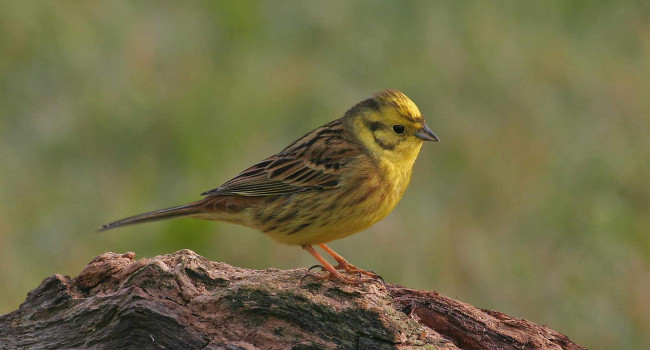Distance functions of carabids in crop fields depend on functional traits, crop type and adjacent habitat: a synthesis

Author(s): Boetzl, F.A., Sponsler, D., Albrecht, M., Batáry, P., Birkhofer, K., Knapp, M., Krauss, J., Maas, B., Martin, E.A., Sirami, C., Sutter, L., Bertrand, C., Bosem Baillod, A., Bota, G., Bretagnolle, V., Brotons, L., Frank, T., Fusser, M., Giralt, D., González, E., Hof, A.R., Luka, H., Marrec, R., Nash, M.A., Ng, K., Plantegenest, M., Poulin, B., Siriwardena, G.M., Tscharntke, T., Tschumi, M., Vialatte, A., Van Vooren, L., Zubair-Anjum, M., Entling, M.H., Steffan-Dewenter, I. & Schirmel, J.
Published: January 2024 Pages: 10pp
Journal: Proceedings of the Royal Society B: Biological Sciences Volume: 291
Digital Identifier No. (DOI): 10.6084/m9.figshare.c.6984205
Abstract
Natural pest and weed regulation are essential for agricultural production, but the spatial distribution of natural enemies within crop fields and its drivers are mostlyunknown. Using 28 datasets comprising 1204 study sites across eight Western and Central European countries, we performed a quantitative synthesis of carabid richness, activity densities and functional traits in relation to field edges (i.e. distance functions). We show that distance functions of carabids strongly depend on carabid functional traits, crop type and, to a lesser extent, adjacent non-crop habitats. Richness of both carnivores and granivores, and activity densities of small and granivorous species decreased towards field interiors, whereas the densities of large species increased. We found strong distance decays in maize and vegetables whereas richness and densities remained more stable in cereals, oilseed crops and legumes. We conclude that carabid assemblages in agricultural landscapes are driven by the complex interplay of crop types, adjacent non-crop habitats and further landscape parameters with great potential for targeted agroecological management. In particular, our synthesis indicates that a higher edge–interior ratio can counter the distance decay of carabid richness per field and thus likely benefits natural pest and weed regulation, hence contributing to agricultural sustainability.
Notes
This research was partially funded by the ERA-Net BiodivERsA, with the national funders French National ResearchAgency (ANR-11-EBID-0004), German Ministry of Research and Education, German Research Foundation and Spanish Ministry of Economy and Competitiveness, part of the 2011 BiodivERsA call for research proposals and the BiodivERsA-FACCE project ‘Enhancing biodiversity-based ecosystem services to crops through optimized densities of green infrastructure in agricultural landscapes’ (PCIN-2014-048). P.B. was supported by the Hungarian National Research, Development and Innovation Office (NKFIH KKP133839), M.K. was funded by TAČR (SS02030018–DivLand).Staff Author(s)







Share this page